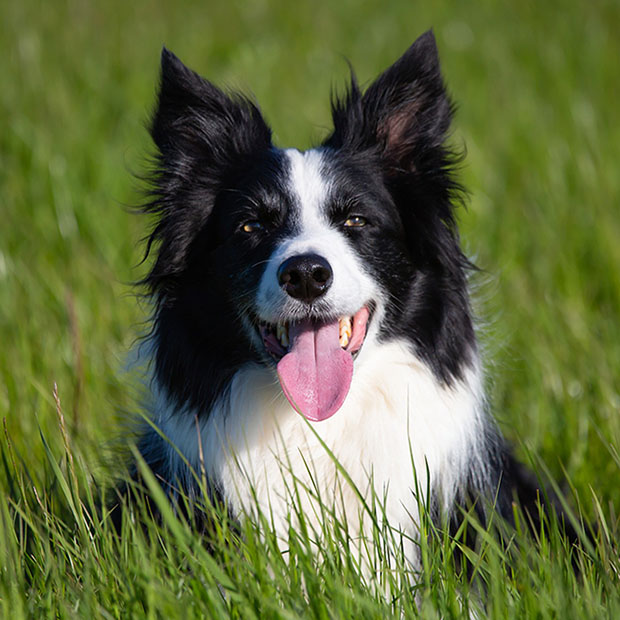Dental Care…for Pets?

Do our pets need dental care? The answer is yes.
But wait, wild animals don’t get dental care and they seem to have good teeth, right? Actually, wild animal dental health isn’t quite what it seems. While their diets consist of less tooth decay-causing sugar and carbs, they also don’t usually survive serious dental problems. Pets, on the other hand, have humans to keep taking care of them, and we should take care of their teeth too.
Pet Dental Health Problems
Just like human mouths, animal mouths contain bacteria that produces plaque. If it’s allowed to build up, plaque becomes tartar and can lead to tooth decay and gum disease. The trouble with pets is that they can’t directly let us know something is wrong with their teeth, and they can’t take care of their own teeth or explain what they feel to a dentist, so it’s easy to miss the signs.
As many as 85% of cats and dogs develop periodontal disease by the time they’re three years old. Symptoms include trouble chewing, loose teeth, and bad breath, but it can also cause more serious symptoms like bleeding or swollen gums, tooth loss, and reduced appetite. Pet owners should be on the watch for these signs so that they can address any problems before they get worse.
Basic Pet Dental Care Tips
As important as it is to keep an eye out for symptoms, it’s better to simply maintain a good pet dental hygiene routine. Prevention is better than a cure, whether we’re talking about human dental health or pet dental health! Here are a few basic things you can do for your furry friend:
- Brush their teeth daily.
- Only use veterinary toothpaste (yours will make them sick).
- Get the vet’s recommendations for dental treats.
- Have their teeth professionally cleaned. This could be through the regular vet or through a veterinary dental specialist.
Establishing a Brushing Routine
Just as dogs and cats can’t tell us when there’s something wrong with their teeth, they also can’t understand the benefit of brushing them, so sometimes it can be tricky getting them to accept a daily brushing. We recommend brushing when they’re calm, getting down on their level so it’s less intimidating, testing their willingness for brushing by running a finger over their upper gums, and making sure they like the flavor of the veterinary toothpaste.
Healthy Teeth Mean Happier Pets!
There’s nothing better to a pet owner than seeing your pet happy and energetic. A great way we can help them stay that way is by taking care of their teeth. If you’d like to learn more about pet dental care or if you’re struggling to get your pet used to a dental hygiene routine, don’t hesitate to take advantage of resources like the veterinarian or our practice!
